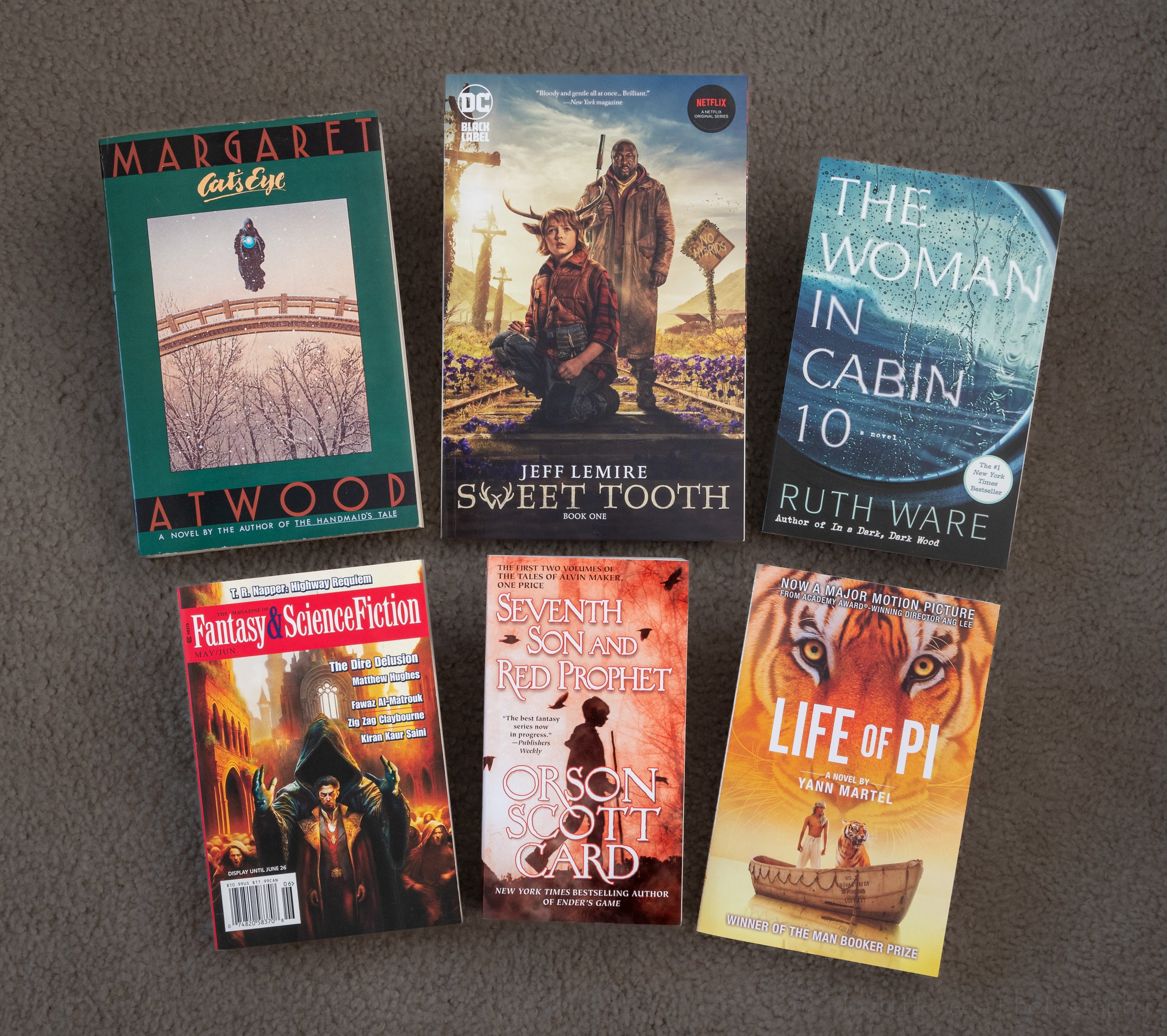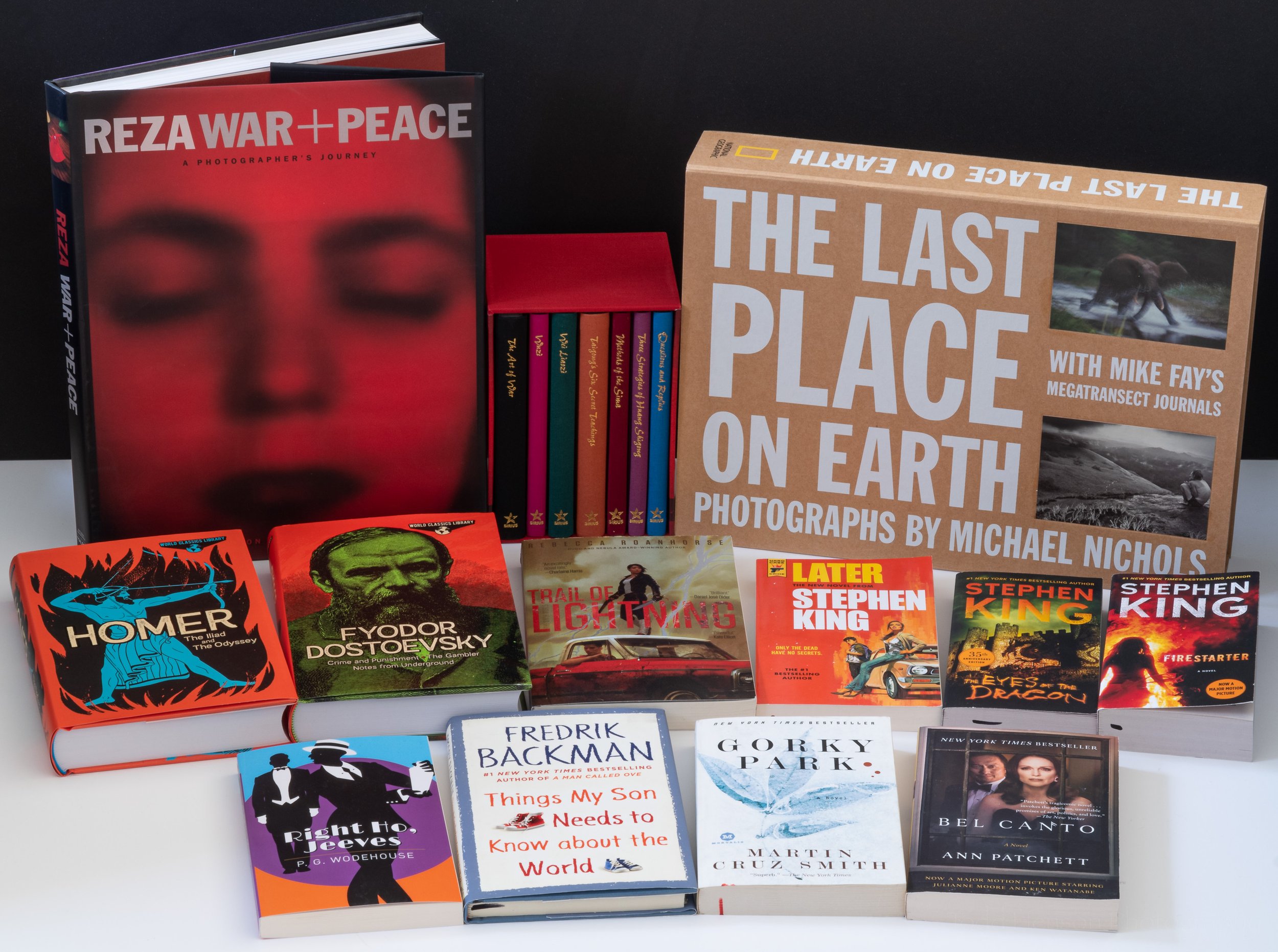Martin Luther King, Jr. Memorial with yellow wreath
In commemoration of Martin Luther King, Jr.’s birthday let’s take a short visit to the Martin Luther King, Jr. Memorial, located in West Potomac Park in Washington, D.C. The street address of the memorial is 1964 Independence Avenue, S.W., referencing the year the Civil Rights Act of 1964 became law.
Martin Luther King, Jr. Memorial and cherry blossoms across tidal basin
The memorial opened to the public in 2011. The design, created by ROMA Design Group, centers on a large stone sculpture created by the Chinese artist Master Lei Yixin. In the sculpture Martin Luther King, Jr. is seemingly pulled from a mountain of stone behind it. The theme for this design came from part of the 1963 “I Have a Dream” speech where King said, “With this faith, we will be able to hew out of the mountain of despair a stone of hope.” Behind all this is a curved wall of quotations facing the tidal basin, and wide walkways to accommodate large numbers visitors.
Cherry blossoms, crowds and Martin Luther King, Jr. Memorial across tidal basin
Martin Luther King, Jr. Memorial across tidal basin with Lincoln Memorial in background
Martin Luther King, Jr. Memorial with yellow wreath and controversial drum major quote
It didn’t take long before there was some controversy surrounding the memorial. One of the quotations on the side of the main sculpture read, “I was a drum major for justice, peace and righteousness.” This was a paraphrase from the longer, “If you want to say that I was a drum major, say that I was a drum major for justice. Say that I was a drum major for peace. I was a drum major for righteousness. And all of the other shallow things will not matter.” Some people felt the paraphrased quote misrepresented King’s words, so in 2013 the text was removed from the sculpture.
Martin Luther King, Jr. Memorial with drum major quote
Martin Luther King, Jr. Memorial with stone of hope quote
I photographed the memorial both with and without the controversial quote. Seeing how things do change over time reminded me why it’s important to take the time to photograph subjects when you’re there, regardless of whether you think the photo might turn out well. Sometimes it’s more about documenting something you may never see again, or something that may never happen again. Times do change, and we won’t always have a second chance to go back and photograph it again. This is something I need to periodically be reminded of.
Long exposure showing moving crowds around Martin Luther King, Jr. Memorial (drum major quote removed). This photograph is an Infrared black and white.
Another angle of the Martin Luther King, Jr. Memorial in infrared black and white
If you’d like to learn more about the Martin Luther King, Jr. Memorial visit the National Park Service website dedicated to the memorial. And by all means, if you have the opportunity, go visit the memorial and the many others in the area. The tidal basin is especially beautiful during early spring when the cherry trees are in bloom. It gets very crowded, but it’s always worth the trip.
Profile of sculpture at Martin Luther King, Jr. Memorial
Black and white of Martin Luther King, Jr. Memorial, Washington Monument in background
Martin Luther King, Jr. was born on January 15, 1929. The American holiday marking his birthday occurs the 3rd Monday of each January. In 2017, Martin Luther King, Jr. Day is January 16.
Sculpture at Martin Luther King, Jr. Memorial through cherry blossoms
Sculpture at Martin Luther King, Jr. Memorial
Some of the images in this post first appeared in Washington, D.C. Cherry Blossoms - 2016. A different version of an infrared image of the Martin Luther King, Jr. Memorial was posted in Infrared Experiments During National Cherry Blossom Festival. And for images of more National Park lands, including monuments and memorials around Washington, D.C., check out National Park Service Centennial.
Do you enjoy these posts?
Sign up to receive periodic emails with updates and thoughts. Don’t worry, I won’t spam you. And please consider purchasing artwork or products from my online store, and using my affiliate links in the sidebar to the right when shopping online.
I appreciate your support!



















